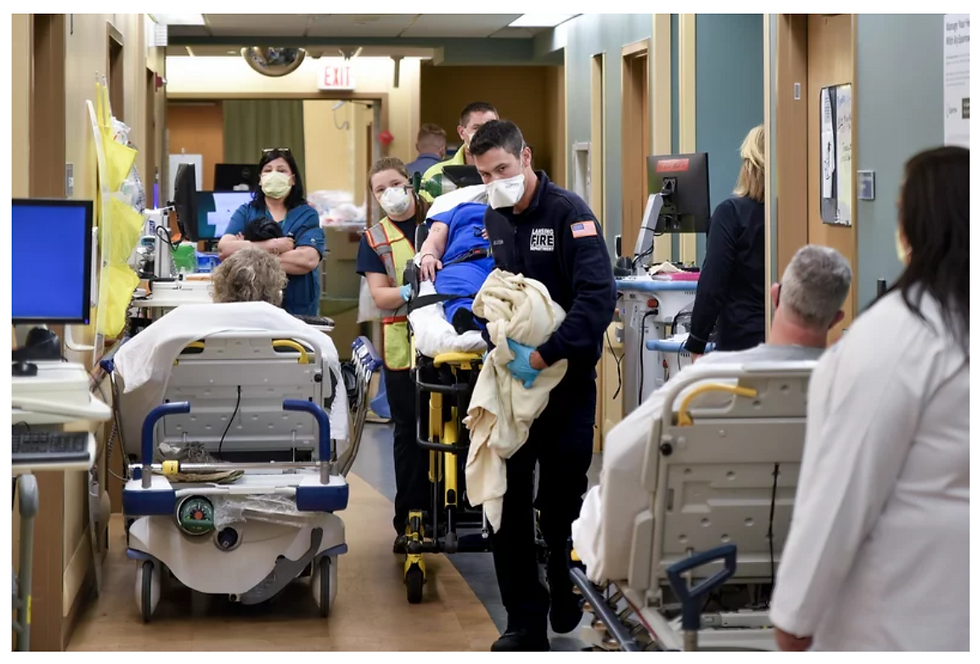Corstrata makes SNF-at-home and SNF-to-home a real for patient choice!
- katherinepiette
- Oct 13, 2020
- 2 min read
Updated: Oct 27, 2020

Talk has occurred for years regarding healthcare coming back to the home and community. A decade of demonstration projects for consumer-driven, expanded care options prove an overwhelming patient preference for care in the home. The negative impact of COVID on patients in skilled nursing facilities (SNF) further supports that now is the time to bring care home!
It’s good news for patients and families, and Corstrata is positioned to support providers to be a part of the movement. There are new and expanded opportunities for shortened rehabilitation or skilled nursing stays, and in some cases, increased opportunities for going directly from hospital-to-home. Corstrata and other new, agile services help your organization accept these higher acuity patients.
COVID is a tipping point for patient choice. COVID may have been the tipping point for Telehealth adoption, but the healthcare industry is long overdue in creating avenues for new, alternative in-home care models. It’s great news for vulnerable & susceptible patients to receive care from their own home and eliminate the increased risk for exposure. Whether a crowded medical office, a rehabilitation facility, or a skilled/residential facility, a high concentration of vulnerable patients is bad news given COVID-19.
Recent funding to innovate. In a recent release in September, CMS’s announced additional funding of $165M for the Money Follows the Patient (MFP) program. This designated Medicaid program intends to transition individuals with disabilities and older adults from SNFs to home creates an opportunity for Corstrata. Although the funds are a relatively small grant to States, it’s an important step in allowing innovation for consumer choice.
An estimated 40% of patients, but ever fewer WOCNs. Based on recent anecdotal experiences, Corstrata estimates nearly 40% of the patient population in a SNF-at-Home or in SNF-to-Home Models will require wound expertise. This includes patients with current wounds, with prior wound history, or at high risk for developing a wound. Successful SNF-at-Home and SNF-to-Home Models will include elements of both in-home, skilled, and personal care providers. But, on any given day, open online job boards and review the number of WOCNs jobs needing to be filled. With only 15,000 WOCNs and only 10% of those working in post-acute settings, there are new workforce challenges, including the cost of a WOCN which is between $80k-150k, depending on the market.
Embracing a nursing model. Telehealth has received significant boost by COVID-19. For certain, the access to physicians, and the necessary assessment, standard of care decision, safety profiling, and orders are critical. But once the decision is made, it is homecare service providers driven by nursing and therapists that ensure care plan management and necessary progress reporting. A new breed of telehealth services will reach deep into the care process and offer necessary expertise.
Corstrata offers critical WOCN telehealth access combined with end-user technology to manage the consult request and return with wound or ostomy assessment, best practices, and formulary education. Corstrata’s virtual wound experts uniquely complement, enhance, and support the hands-on professionals in the home.




Comments